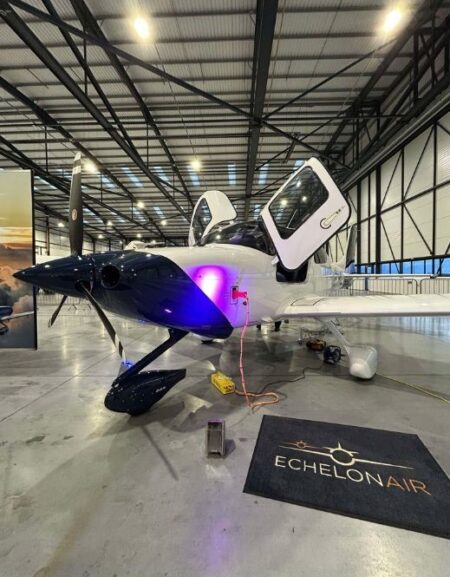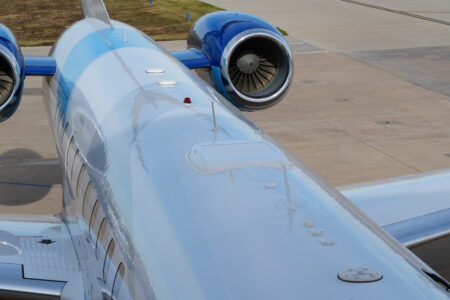The FAA has announced that the implementation of the first operational rules for routine non-hobbyist use of small unmanned aircraft systems (UAS or drones) have gone into effect.
“People are captivated by the limitless possibilities unmanned aircraft offer, and they are already creating business opportunities in this exciting new field,” said US transportation secretary Anthony Foxx. “These new rules are our latest step toward transforming aviation and society with this technology in very profound ways.”
“The FAA’s role is to set a flexible framework of safety without impeding innovation,” said FAA Administrator Michael Huerta. “With these rules, we have created an environment in which emerging technology can be rapidly introduced while protecting the safety of the world’s busiest, most complex airspace.”
The provisions of the new rule – formally known as Part 107 – are designed to minimize risks to other aircraft and people and property on the ground. The FAA has several processes in place to help users take advantage of the rule.
For example, the FAA is offering a process to waive some of the rule’s restrictions if an operator demonstrates the proposed flight will be conducted safely under a waiver. Users can also now operate their unmanned aircraft in Class G (uncontrolled) airspace without air traffic control permission. Operations in Class B, C, D and E airspace need air traffic approval.
In the future, the FAA will also address operations not covered by Part 107 without a waiver, including operations over people, beyond line of sight operations, extended operations, flight in urban areas, and flight at night.




